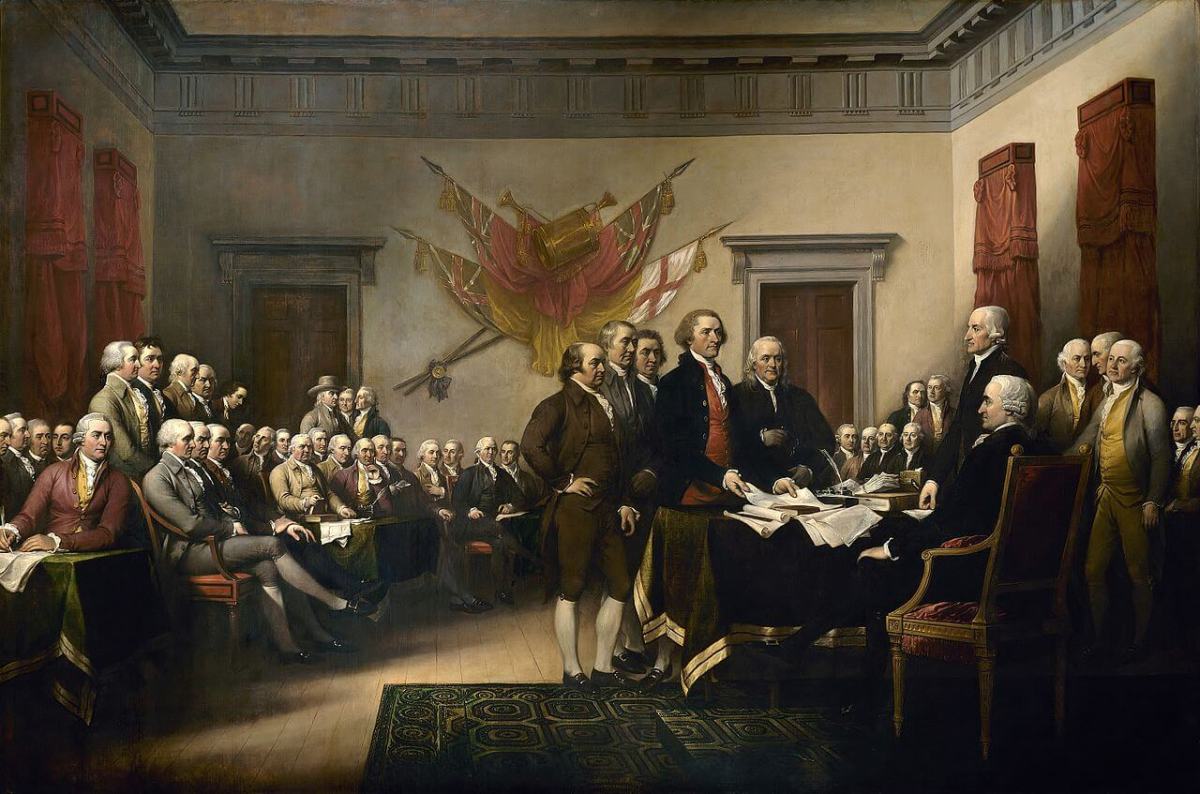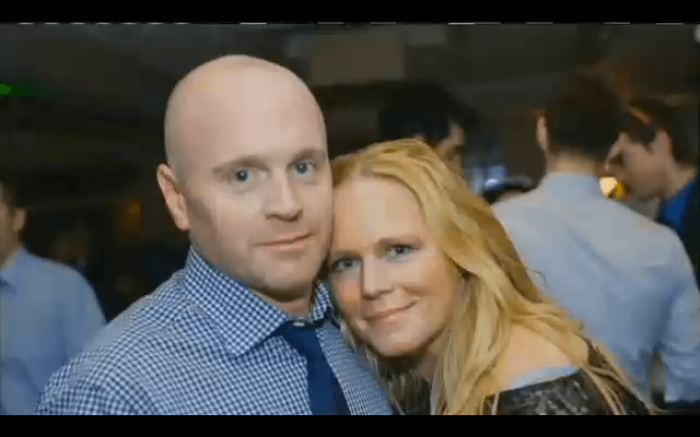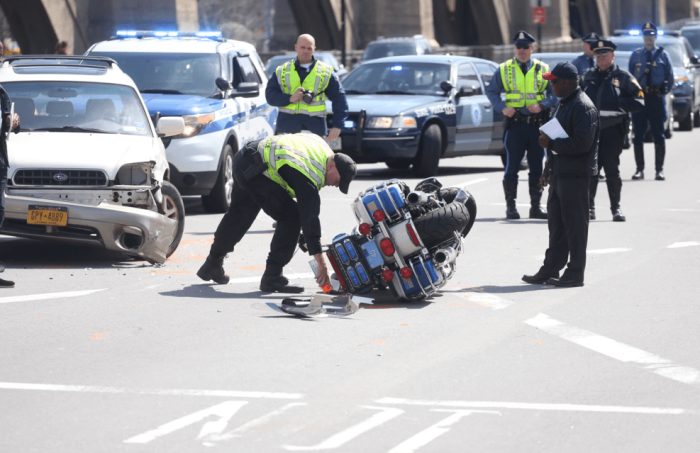Conservatives recently won a victory in the form of pressuring the College Board to change the AP U.S. History curriculum and make it a little less depressing and more patriotic.
For instance, the curriculum guidelines will focus more on American exceptionalism, the founding fathers and America’s role in World War II.
All of this talk got us thinking, how well could our readers do on a couple of AP U.S. History test questions?
Take a stab at some of the questions below. They’re pretty tough.
All of these questions were sources fromApstudynotes.org
1. One of the principal reasons the “noble experiment” of Prohibition failed was that it led to an enormous increase in:
A) Drinking among minors
B) Absenteeism among factory workers
C) The divorce rate
D) Child abuse
E) Law enforcement costs
2. The Tet offensive of 1968 during the Vietnam War demonstrated that:
A) Bombing North Vietnam had severely curtailed Vietcong supplies
B) The army of South Vietnam was in control of the South
C) American strategy was working
D) A negotiated settlement was in the near future
E) The Vietcong could attack major cities throughout South Vietnam
3. The First Great Awakening led to all of the following EXCEPT:
A) Separatism and secession from established churches
B) The renewed persecution of witches
C) The growth of institutions of higher learning
D) A flourishing of the missionary spirit
E) A greater appreciation for the emotional experiences of faith
4. The idea of Manifest Destiny included all of the following beliefs EXCEPT:
A) Commerce and industry would decline as the nation expanded its agricultural base.
B) The use of land for settled agriculture was preferable to its use for nomadic hunting.
C) Westward expansion was both inevitable and beneficial.
D) God had selected America as a chosen land and people.
E) The ultimate extent of the American domain was to be from the tropics to the Arctic.
5. In the period 1890–1915, all of the following were generally true about African Americans EXCEPT:
A) Voting rights previously gained were denied through changes in state laws and constitutions.
B) Back-to-Africa movements were widely popular among African Americans in urban areas.
C) African American leaders disagreed on the principal strategy for attaining equal rights.
D) Numerous African Americans were lynched, and mob attacks on African American individuals occurred in both the North and the South.
E) African Americans from the rural South migrated to both southern and northern cities.
6. Conservative Republican opponents of the Treaty of Versailles argued that the League of Nations would:
A) Isolate the United States from postwar world affairs
B) Prevent the United States from seeking reparations from Germany
C) Violate President Wilson’s own Fourteen Points
D) Limit United States sovereignty
E) Give England and France a greater role than the United States in maintaining world peace
7. Which of the following is true of the forced relocation of Japanese-Americans from the West Coast during the Second World War?
A) President Roosevelt claimed that military necessity justified the action.
B) The Supreme Court immediately declared the action unconstitutional.
C) The relocation was implemented according to congressional pro-visions for the internment of dissidents.
D) The Japanese-Americans received the same treatment as that accorded German-Americans and Italian-Americans.
E) Few of those relocated were actually United States citizens.
8. At the beginning of the Civil War, Southerners expressed all of the following expectations EXCEPT:
A) The materialism of the North would prevent Northerners from fighting an idealistic war.
B) Great Britain would intervene on the side of the South in order to preserve its source of cotton.
C) Northern unity in the struggle against the Southern states would eventually break.
D) The economic and military resources of the South would outlast those of the North.
E) The justice of the South’s cause would prevail.
9. Which of the following has been viewed by some historians as an indication of strong anti-Catholic sentiment in the presidential election of 1928?
A) The increased political activity of the Ku Klux Klan
B) The failure of the farm bloc to go to the polls
C) Alfred E. Smith’s choice of Arkansas senator Joseph T. Robinson as his running mate
D) Alfred E. Smith’s failure to carry a solidly Democratic South
E) Herbert Hoover’s use of “rugged individualism” as his campaign slogan
10. Which of the following best describes the Harlem Renaissance?
A) The rehabilitation of a decaying urban area
B) An outpouring of Black artistic and literary creativity
C) The beginning of the NAACP
D) The most famous art show of the early twentieth century
E) The establishment of the back-to-Africa movement
Answers: 1) E, 2) E, 3) B, 4) A, 5) B, 6) D, 7) A, 8) D, 9) D, 10) B
All questions sourced from Apstudynotes.org
QUIZ: Can you correctly answer these 10 AP U.S. History questions?

Wikimedia


















